Vatochnik, also called Asclepias, is a genus of the Kutrovy family, it is represented by shrubs, shrubs and herbaceous perennials. The genus unites more than 200 species that are found naturally in North and South America. Among the species are both deciduous and evergreen, some of them are very popular among gardeners who grow them as ornamental plants. The Latin name for such a plant, Aesculapius (Asclepius), was given to this genus due to the fact that some of the species have medicinal properties. Bernardino de Sahagun of Mexico, who was a renowned linguist, researcher, missionary and historian, presented Aztec evidence in his General History of New Spain, which suggests that cotton wool was successfully used in the treatment of bone dislocation tumors. This plant appeared on European territory only in the 18th century, it was grown as a technical culture, and it quickly became popular: the fibers of its shoots were used to make stuffing for soft toys and furniture, as well as ropes. Later they began to use it for the manufacture of various life-saving equipment, as well as film. After the production of rubber began, cotton wool was ceased to be grown on an industrial scale and its use as a raw material was discontinued, but today it is cultivated in garden plots.
Content
Features of fleece
The height of the paddle can reach up to 100 cm. The thickened horizontal rhizome grows far enough to the sides. On thick shoots, whorled or opposite (less often, alternately) there are large leaf plates, the shape of which can be oblong, ovoid or elliptical. Large red or brown flowers are collected in multi-flowered umbellate inflorescences. Bushes bloom in summer or autumn. In faded bushes, fruits ripen, in which there is a large number of pubescent seeds, it is because of them that such a plant is called cotton wool. This fluff is used in America for filling pillows.In mid-latitudes and in regions with a more severe climate, the seeds almost never have time to ripen. And in regions with a mild climate and warm winters, they have time to mature and can crumble to the ground, giving abundant self-seeding.
All representatives of this genus have a poisonous milky juice. If it gets on the skin, it will cause redness and irritation, especially when exposed to direct sunlight. Such juice is used in folk medicine to remove warts. This culture is a melliferous plant, it attracts bees and butterflies to the garden; monarch butterflies like it especially.
Planting cotton wool in open ground
What time to plant
In mid-latitudes, willow herb is grown through seedlings, and also in a seedless way. The seeds of this culture remain viable for 3 years, but they do not manage to ripen every year, but only when the summer is very hot. But seed can always be bought at a specialized store.
Sowing seeds for seedlings is carried out in the last days of March or the first - in April. To do this, use boxes with drainage holes, they should be filled with loamy soil. The seeds are buried into the substrate by 1–1.5 cm, then they are watered with a spray bottle. The containers must be covered with glass or foil, and then they are removed to a warm place. The crops are ventilated every day, and at the same time the condensate accumulated on the shelter is removed. Watering is carried out using a sprayer 1 time in two or three days. Amicable shoots should appear after 1.5–2 weeks, after which they are transferred to a cooler place (no more than 18 degrees). The shelter from the container is removed after the plant grows stronger. Seedlings usually grow very well and do not cause problems for the gardener.
A pick of seedlings is carried out when they begin to form two pairs of true leaf plates. For picking, individual cups are used, into which drainage is poured, while the layer thickness should be about 20-30 mm. And they are filled with the same soil mixture that is used for sowing seeds. The transplanted plants must be protected from direct sunlight for the first two days. After the seedlings take root well, you need to pinch them.
Before planting the fleece in open ground, it should be hardened for 15 days. Seedlings are planted in the first days of June, adhering to the 50x50 cm scheme. Bushes grown from seeds will bloom for the first time at 3 or 4 years of growth.
Sowing seeds can be carried out directly into open soil. This is done in early spring, immediately after the snow cover melts. The site should be sunny with cultivated soil. It grows best of all on a weakly acidic nutritious loam.
Landing rules
First, you need to dig up the soil to the depth of the shovel bayonet, while you need to select all the roots of the weed. Then the surface of the site is leveled and grooves are made in it. The seed is buried in the soil by 30 mm, then the furrows are closed up, and the crops are well watered. If the seeds were sown in dry soil, then it is recommended to cover the crops with a film, thanks to which the seedlings will appear much faster.
Certain types of such a plant need a restriction, which is set during planting, since young shoots are able to germinate almost 100 cm from the parent bush. To prevent the strong growth of such a flower, you can use limiters or plant the bushes in containers dug into the ground, which have holes for drainage. If you take good care of the fleece, then in the same place it can be grown for about 15 years.
Caring for cotton wool in the garden
It is quite simple to grow cotton wool in your garden.To do this, you need to systematically water it, weed, feed it, loosen the surface of the soil, engage in the formation and rejuvenation of the bush, and, if necessary, treat the plants from harmful insects or diseases. In order for the bushes to bloom longer, it is necessary to cut off the inflorescences that have begun to fade in time. And when they fade, you need to cut off all the flower stalks, but only if you are not going to collect seeds.
How to water
The first time after planting seedlings or sowing seeds, the site needs to be watered quite often. The strengthened bushes form a strong and branched root system that can independently extract moisture from the soil, but with prolonged drought they still need watering, they do it in the evening. It is best to water the cotton wool with rainwater. If you use tap water for irrigation, then it should settle well and warm up in the sun.
Fertilizer
It is often not recommended to feed this crop. If the soil is poor, then in the springtime urea, potassium sulfate, and also compost or rotted manure should be added to it. Top dressing is carried out immediately after the first shoots appear. Or you can use a mineral complex to feed the willow, which is introduced into the soil before flowering begins, and when it ends, they bring in Nitrofoska. When growing such a flower in fertile soil, you do not need to feed it.
Transfer
Without a transplant, a fleece can be grown in the same place for more than 10 years. If the plant needs a transplant, then it is recommended to do this in the spring, together with the division of the bush, or from the middle to the end of the summer period. Vatochnik tolerates transplantation perfectly. Preparing a place for planting should be done in advance, and before removing the bush from the soil, it should be watered abundantly, since there should be soil on the root system. The transplant is carried out as well as the primary planting of the cotton wool (see above).
Reproduction of cotton wool
This plant can be propagated by dividing the rhizome. It is recommended to do this during transplantation of bushes in the spring or when flowering ends. The dug plant is divided into parts, while on each division there should be a piece of rhizome with a bud, after which they are planted in holes, which must be made in advance. Delenki in a new place take root easily, and the flowering of such bushes can begin in the second year of growth. Planted delenki before they develop a powerful root system must be systematically watered abundantly.
Such a plant can also be propagated by cuttings. Young shoots are used for cutting cuttings, they should be 15 centimeters long, all the lower leaf plates must be cut off, and those that are on top are shortened by ½ part. The container is filled with moistened sand, after which the cuttings are stuck into it with the lower cut. The container is covered with a transparent cap on top, which will create a greenhouse environment. The planting of cuttings must be carried out very quickly, since they should not lose their milky juice. As a rule, after 30 days, the cuttings are fully rooted.
After flowering
The preparation of bushes for wintering must be done in the autumn. To do this, they should be covered with sawdust, loose leaves, crushed tree bark or other organic materials. Before covering the fleece, the dried stems must be shortened to 10 centimeters from the ground surface. Cut off shoots can also be used to cover bushes.
Diseases and pests
The cotton wool has a very high resistance to diseases and harmful insects. In some cases, a whitefly settles on the bushes, which is a small insect that looks like a moth. It feeds on the sap of various plants, including cotton wool.To exterminate them, you need to use a solution of Fufanon, Actellik or Rovikurta, while you must follow the instructions on the package of the drug. Bushes are processed on foliage.
During a prolonged drought, spider mites settle on the willow, these arachnids also feed on plant sap. It is very difficult to notice such a pest on a bush, because it has an extremely small size. But it is possible to understand that such mites have settled on a willow tree if there is a thin cobweb on it, foliage begins to fade in such bushes, and the stems are deformed. To get rid of them, the plants must be sprayed with a solution of an acaricidal preparation, for example: Aktara, Aktellika, Fitoverma and other means of similar action.
In some cases, the cotton wool can suffer from excessively low humidity. To increase the humidity level during prolonged drought in the evening, you need to spray the bushes with lukewarm water.
Types and varieties of cotton wool with photos and names
As a perennial, 3 species of fleece are cultivated, and only 1 species as an annual.
Incarnate vatnik (Asclepias incarnata), or red vatnik, or meat-red vatnik
The homeland of such a perennial is the eastern and central regions of North America. They have leafy branchy shoots, the height of which is about 1.2 m. Opposite leaf plates have a slight pubescence and broadly lanceolate or elongated. Fragrant flowers of red or purple-pink color are part of the umbrella-shaped inflorescences, reaching about 60 mm in diameter. Flowering begins in July or August and lasts a little over 4 weeks. This vatnik has been cultivated since 1635. The most popular variety is Ice Belli: the height of the bush is about 100 cm, the color of the flowers is white.
Tuberose vatnik (Asclepias tuberosa), or Asclepias tuberose, or tuberous vatnik
The height of the bush can vary from 0.5 to 0.7 m. This orange wadder has large inflorescences of a rich red-yellow color. Flowering begins in mid-summer and lasts almost all autumn. This species is very resistant to frost. However, if a very frosty winter is expected, then it is better to cover the bushes. The most popular are the following garden forms:
- Gay butterfly... In this mixture, the height of the bushes is about 0.7 m, the color of the inflorescences is yellow, red or orange.
- Vatochnik Maharaj... Half a meter high, the bushes are decorated with flowers of a rich orange color.
Syrian cotton wool (Asclepias syriaca), or Aesculapova
The homeland of this species is the eastern states of North America, and it has nothing to do with Syria. It got its name by mistake, as it was confused with the kendyr, a plant growing in Syria. The experts realized that they were mistaken, but they decided to leave the specific epithet "Syrian" to this flower. The height of such a perennial is about 150 cm. The stems are erect, and on them are oblong-elliptical leathery leaf plates, the width of which is 7 centimeters and the length is 15 centimeters, their color is dark green and they are very similar to the leaves of evergreen rhododendrons. In the middle of the summer period, in some cases, foliage falls in the lower part of the bush. The pale pink flowers reach 10 mm in diameter, they are part of the umbrella-shaped inflorescences. Flowering begins in July and lasts 35 days. The species has been cultivated since 1629. It is not necessary to cover the bushes for the winter. This species has an unusual smell that resembles that of chocolate cake, and it is much stronger than the smell of meat red wool.
Kurasavskiy vatochnik (Asclepias curassavica), or lastoven
This species is cultivated as an annual. If properly cared for, the height of the bush can reach up to 100 cm. The color of the flowers is orange or red, they are very attractive for most butterflies.For many people, pollen from these flowers can irritate the skin.
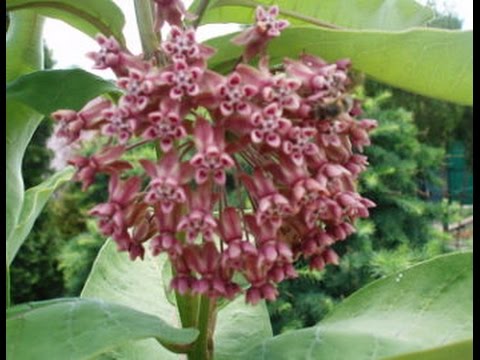

Watch this video on YouTube

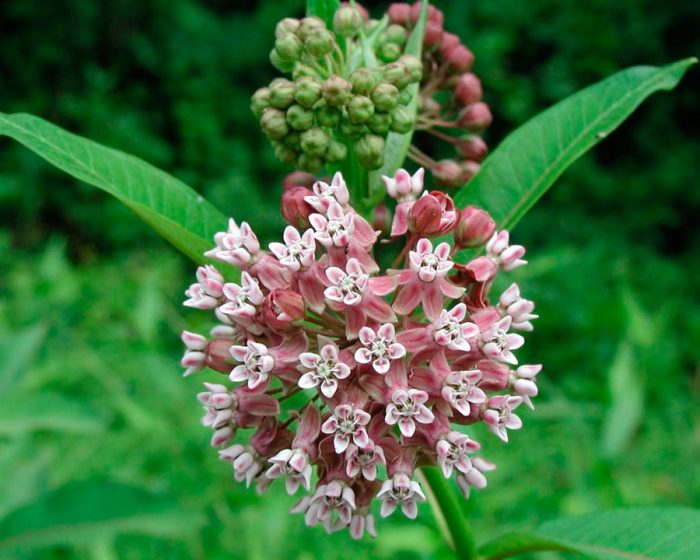
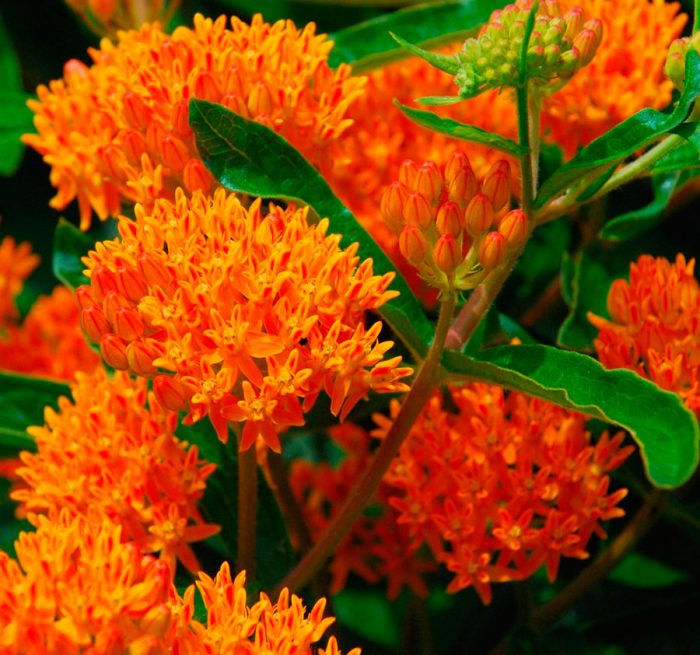
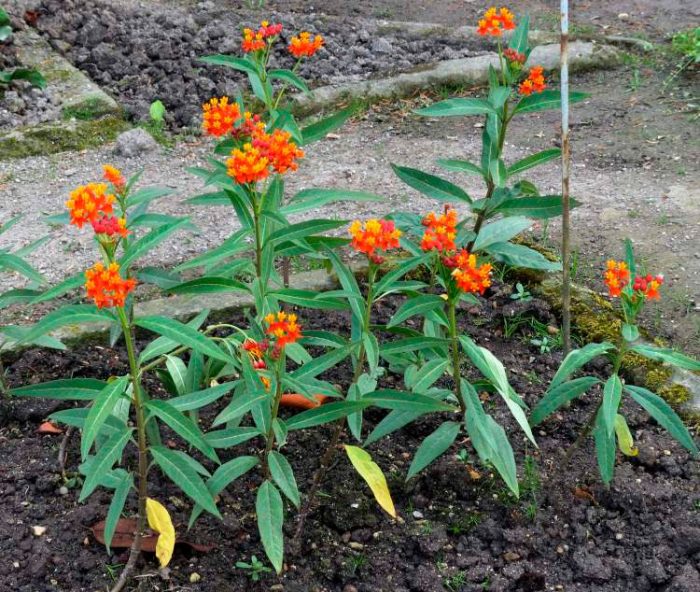
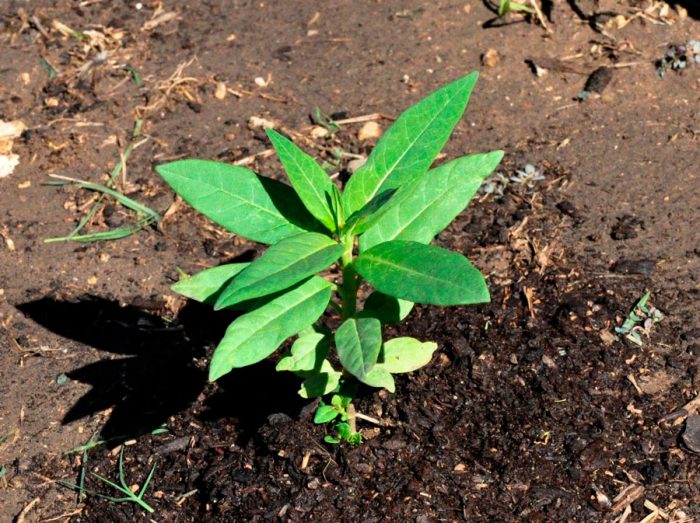
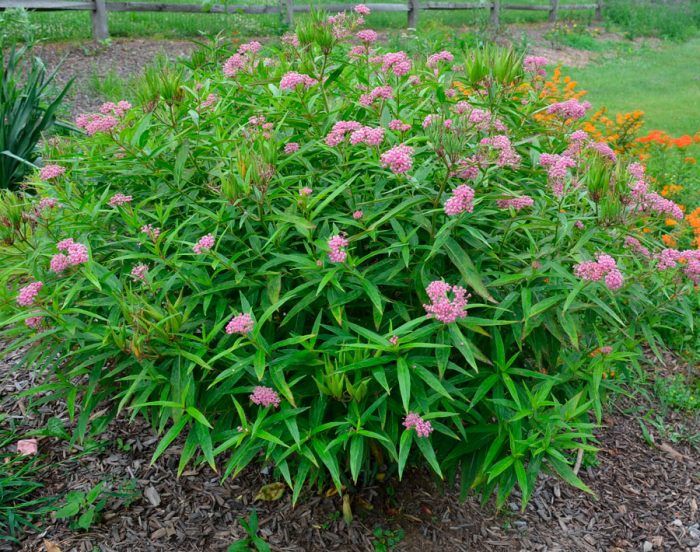
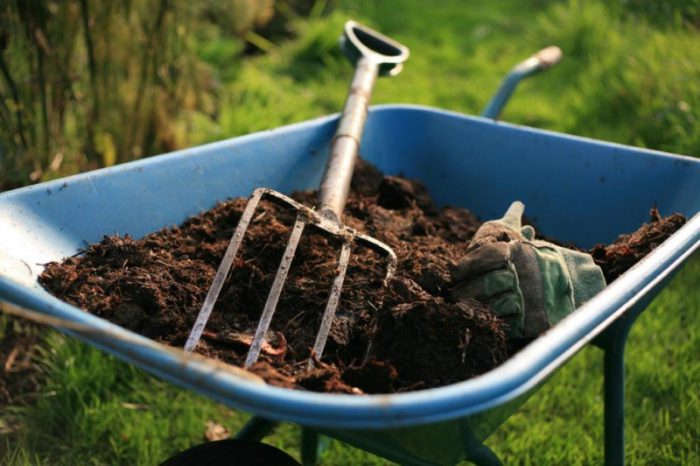


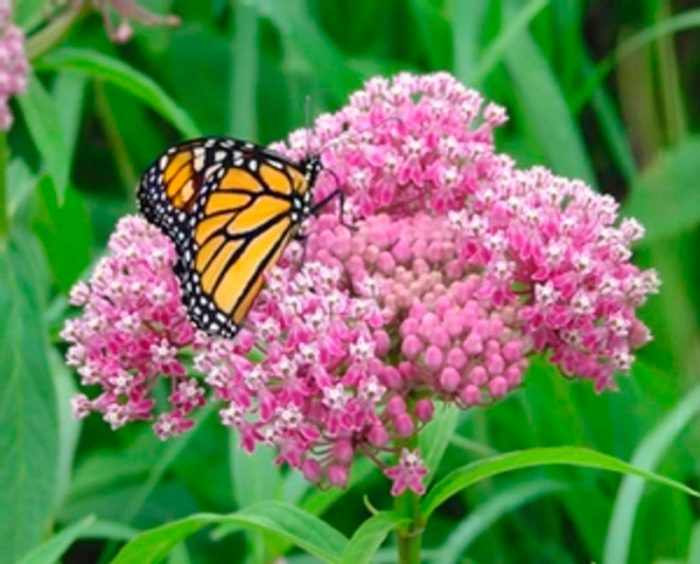
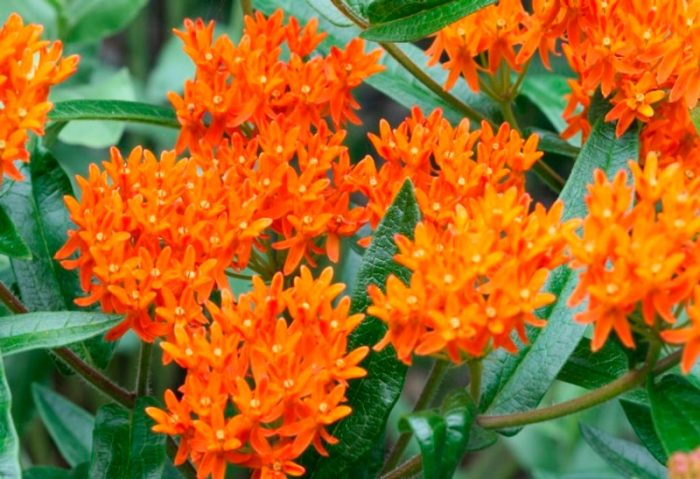
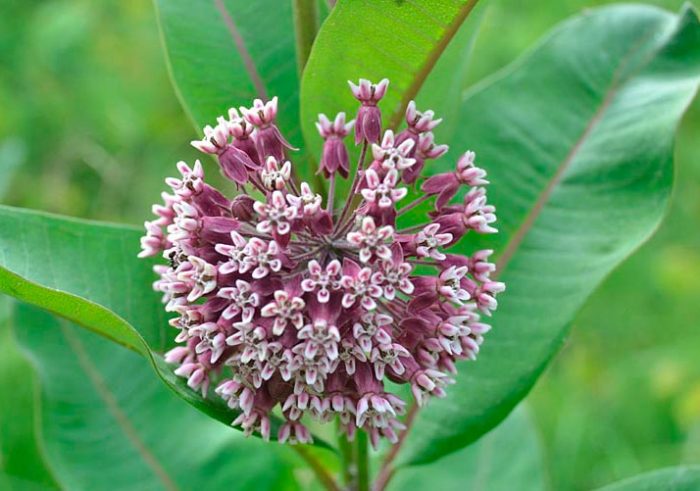
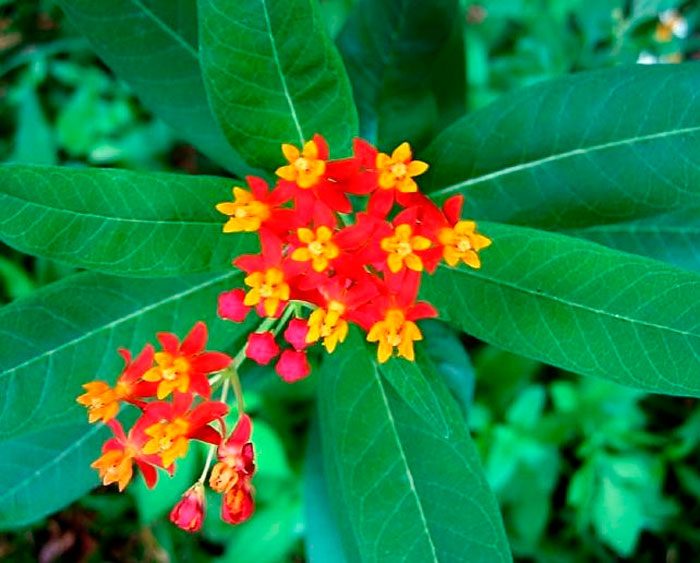










Syrian cotton wool - multiplies arbitrarily and very quickly. I have multiplied on the site ... I am ready to give it to anyone interested. Dacha in Sergiev Posad.